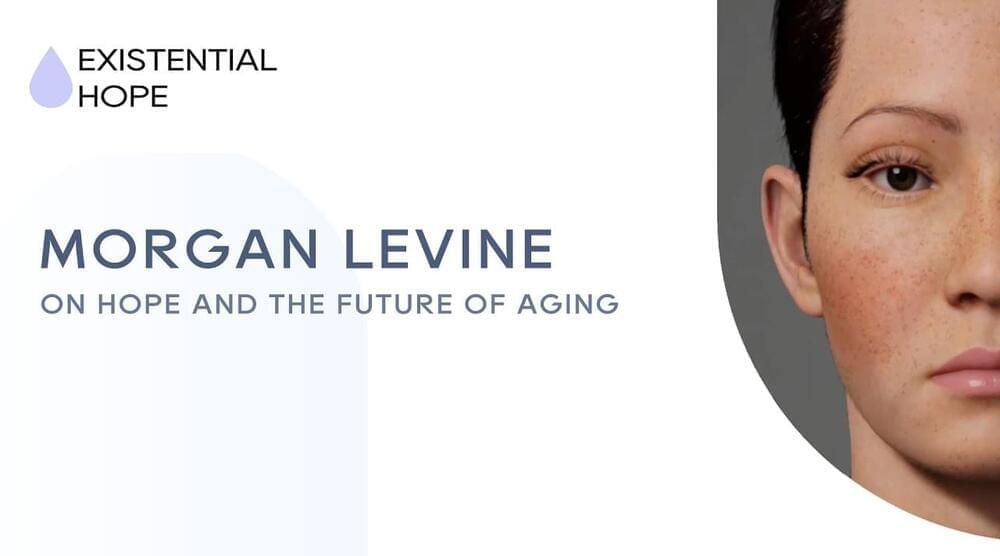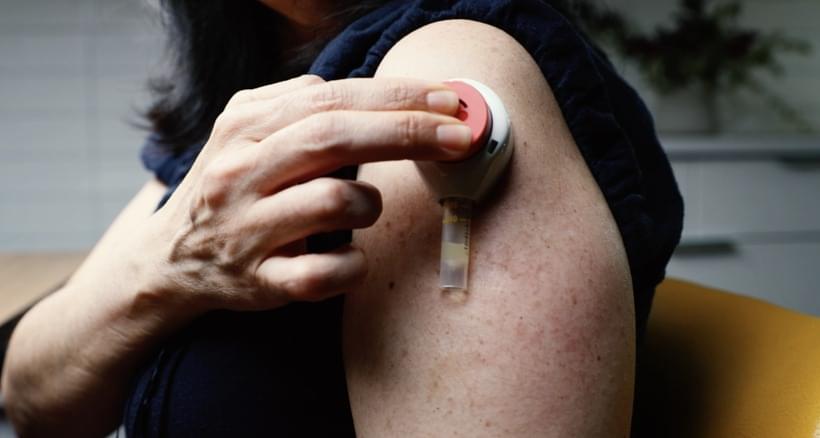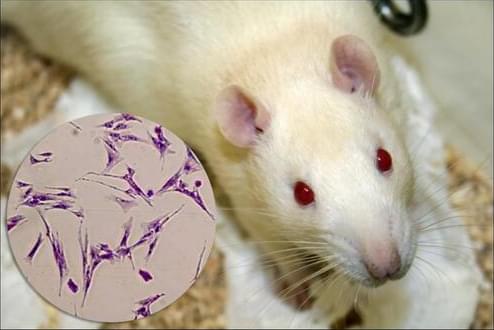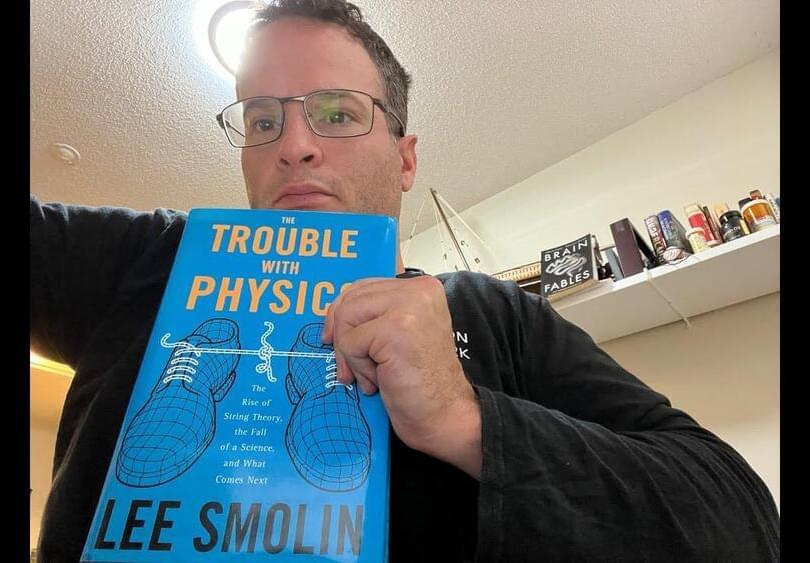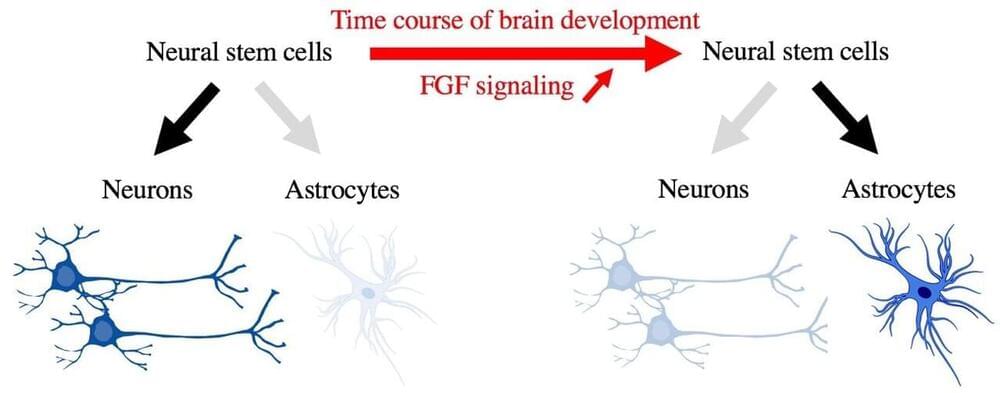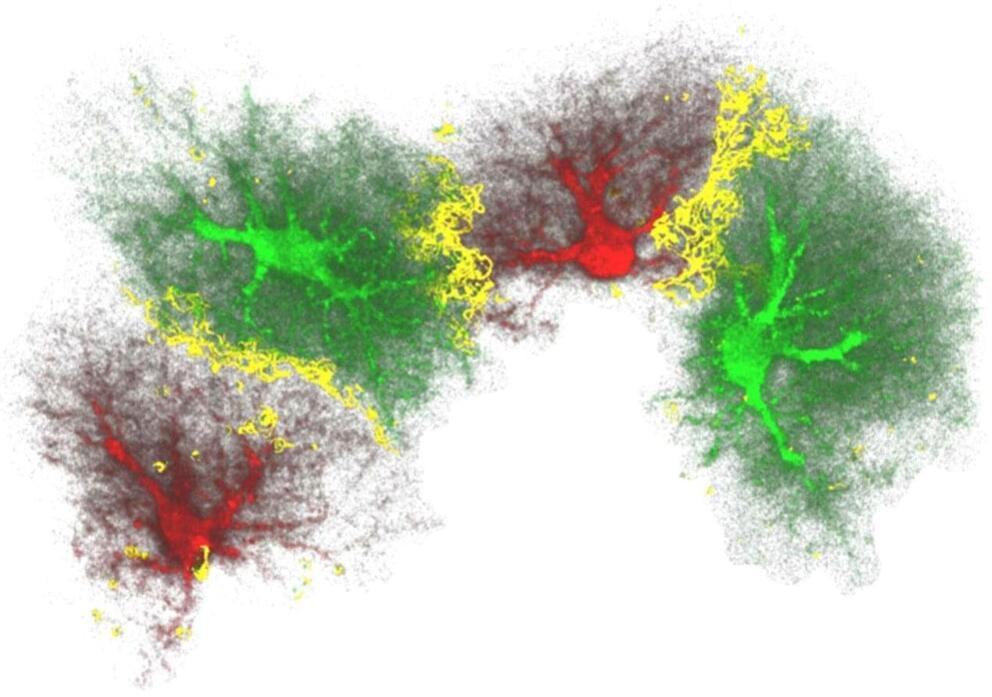Aug 26, 2022
Existential Hope Special with Morgan Levine | On the Future of Aging
Posted by Paul Battista in categories: biotech/medical, genetics, life extension, mathematics, robotics/AI
Foresight Existential Hope Group.
Program & apply to join: https://foresight.org/existential-hope/
In the Existential Hope-podcast (https://www.existentialhope.com), we invite scientists to speak about long-termism. Each month, we drop a podcast episode where we interview a visionary scientist to discuss the science and technology that can accelerate humanity towards desirable outcomes.
Continue reading “Existential Hope Special with Morgan Levine | On the Future of Aging” »
